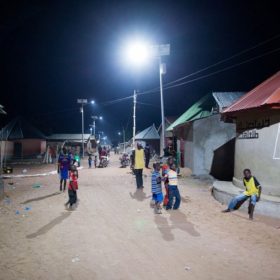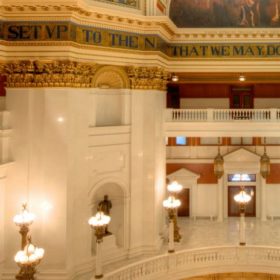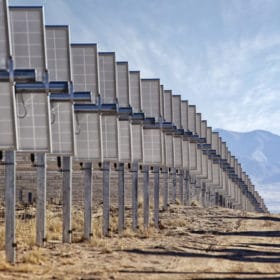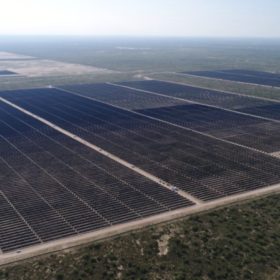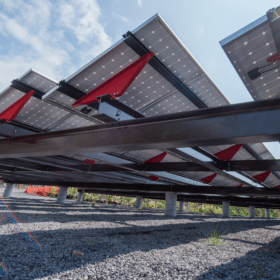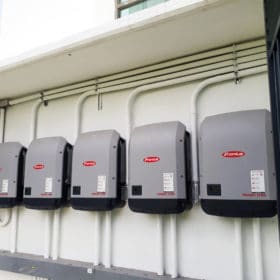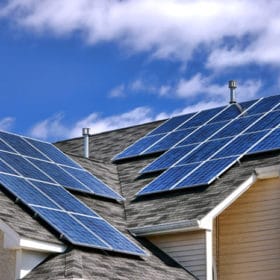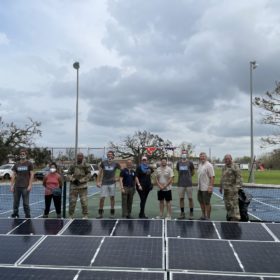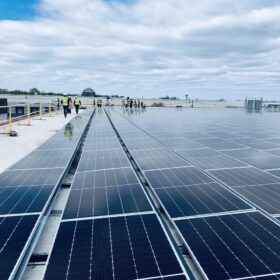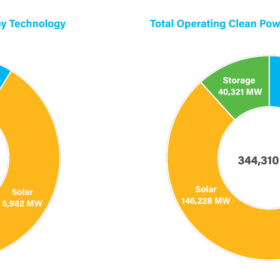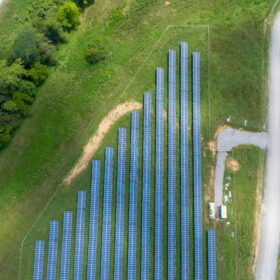Checking in on Akon lighting Africa
Musician Akon has provided 14 African nations with solar-powered electricity via street lamps and solar panels as part of “Akon Lighting Africa,” a project aimed at providing the continent of Africa with low-cost, sustainable electricity.
Pennsylvania has the opportunity to kickstart community solar — and its economy
Removing the state’s ban on community solar, an initiative which has gained immense bipartisan support, will create thousands of jobs and billions in economic development dollars.
Energy Jobs: Tesla dissolves its PR department, plus new execs at Sunrun, Amazon Climate Pledge, Generate, LS Energy and Talesun
Executive moves in solar, storage, cleantech, utilities and energy transition finance.
New energy transition exit: the Array Technologies IPO
John Tough of Energize Ventures shares an investor’s view of the biggest solar IPO of 2020. It’s the first and largest solar tracking company available to U.S. public markets.
Safe harboring in 2020’s rough waters: three crucial considerations
As it stands today, 2021 will likely be one of the strongest markets for solar equipment manufacturers selling into the U.S. market. A perfect storm of a recovering market post-pandemic, access to cheap capital, and the impending ITC drop-off will create strong, near-term market demand, as well as intense safe harboring activities.
The challenge of perfect operating data
In this series of articles, Power Factors’ Steve Hanawalt will look in-depth at the four major pitfalls in solar asset monitoring applications, before discussing proposed solutions for fixing these problems—once and for all.
Energy Jobs: New CEO at sonnen, plus 8minute Solar, SolarEdge, Scale Microgrid, Safari Energy, Panasonic and Mercatus
Executive, career and boardroom moves in solar, storage, cleantech, utilities and energy VC.
Analyzing the 2% DC voltage drop rule
The good people at Mayfield Renewables take us deep into the technical weeds as they question a rule-of-thumb: Is the 2% DC voltage drop rule accurate for real-world conductor sizing or has technological progress in solar made the rule irrelevant?
Standardization: The sign of a maturing solar industry
The model of industry-wide standardization is one that the solar industry should look to achieve. A set of reliable rapid-shutdown standards will provide installers with the same level of choice and simplicity that other industries enjoy.
What is distributed generation’s real worth for the grid?
A thought experiment by Severin Borenstein suggests how much rooftop solar could reduce transmission and distribution costs.
